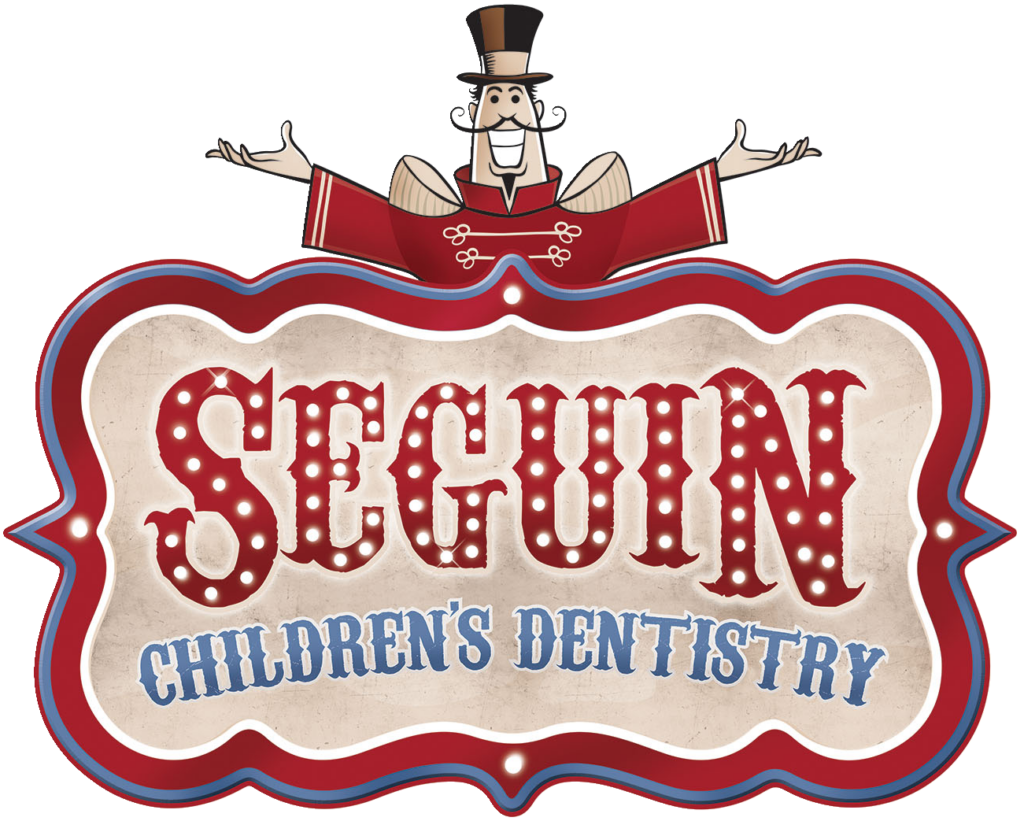The most important thing to help your child develop good brushing skills is to make brushing fun. There are many child friendly songs that you can stream, and fun videos online, that are timed to coincide with a two minute brushing cycle. A small hourglass timer is also useful in helping children time their brushing.
Get the Right Toothbrush and Toothpaste
Look for a smaller-head toothbrush made especially for kids. Let your child pick a brush in their favorite color or decorated with their favorite cartoon animal. If they like their toothbrush, you’ll have an easier time convincing them to use it.
When selecting a toothpaste, make sure it is approved by the American Dental Association (ADA) as indicated on the box or tube. Select a toothpaste made especially for children. Charcoal, whitening, or brightening pastes are too abrasive for children’s teeth. Kids toothpastes that taste like bubblegum, or other child friendly flavors, taste better and make brushing more enjoyable. Toothpaste with fluoride is recommended after the age of 3.
Brushing Basics
Children should brush after each meal or, a minimum of twice a day after breakfast and before bed.
Help your child moisten their toothbrush and then squeeze only a pea-sized amount of paste onto their brush.
It’s easiest to first teach children how to brush from side to side. Make sure they brush all surfaces of the teeth thoroughly (front, back, top, and bottom). As they master the side-to-side brushing, slowly encourage them to start brushing in little circles, like train wheels moving on a track going from the right side of the mouth to the left.
Teach your chid to spit out the paste after brushing. If a child is too young to spit, have them lean over the sink and let the toothpaste dribble out of their mouth into the basin.
It is very important for parents to finish brushing after their child has completed their brushing. Good brushing skills take many years to master and we often see pre-teens that develop cavities due to rushing through their brushing routine. Don’t be surprised if you are still reminding your teenager to brush and floss after meals.
Brush Your Tongue
The tongue can harbor smelly bacteria that can lead to cavities, gum disease, and bad breath. Your child may gag a little the first few times they brush their tongue, but reassure them that after they do it a few more times, this feeling will go away.
Don’t Forget to Floss!
After brushing, don’t forget to floss! Flossing removes the plaque and bacteria from between the teeth. If your child struggles to use regular floss, try giving them floss picks instead. They are easier to maneuver between the teeth, and they won’t hurt your child’s little fingers. Extra-thin floss can also be easier for your child to get between really close teeth.




